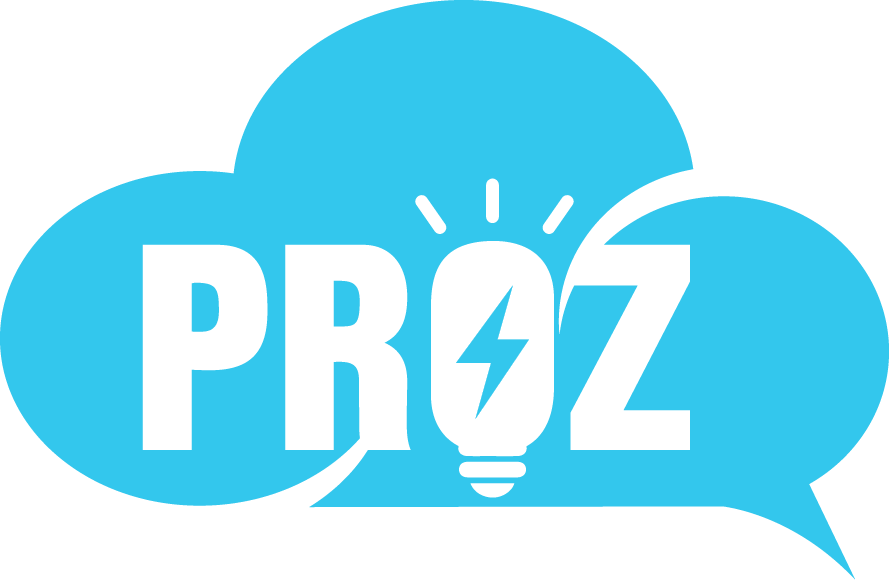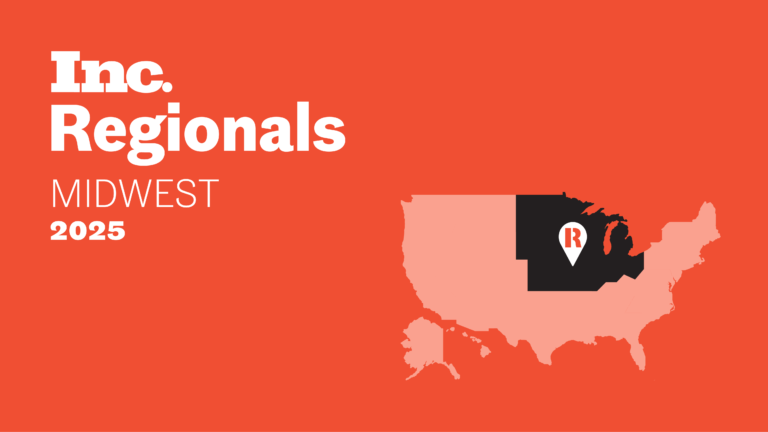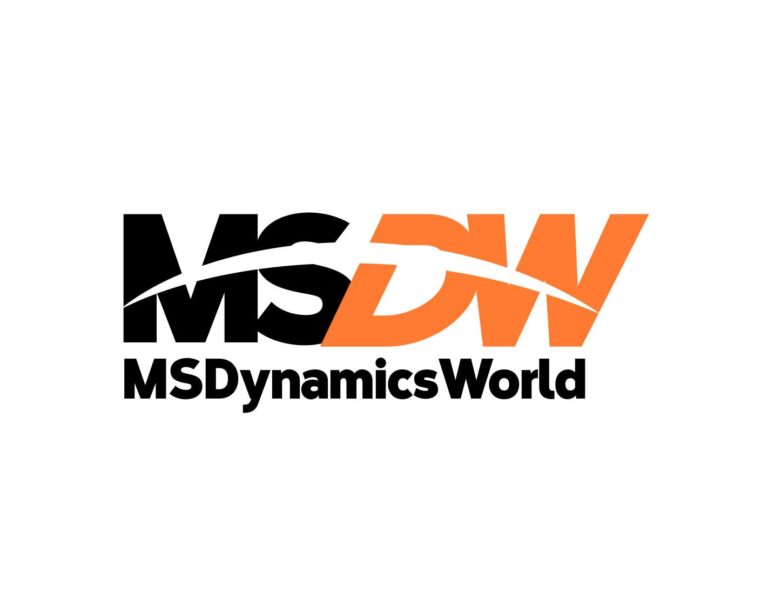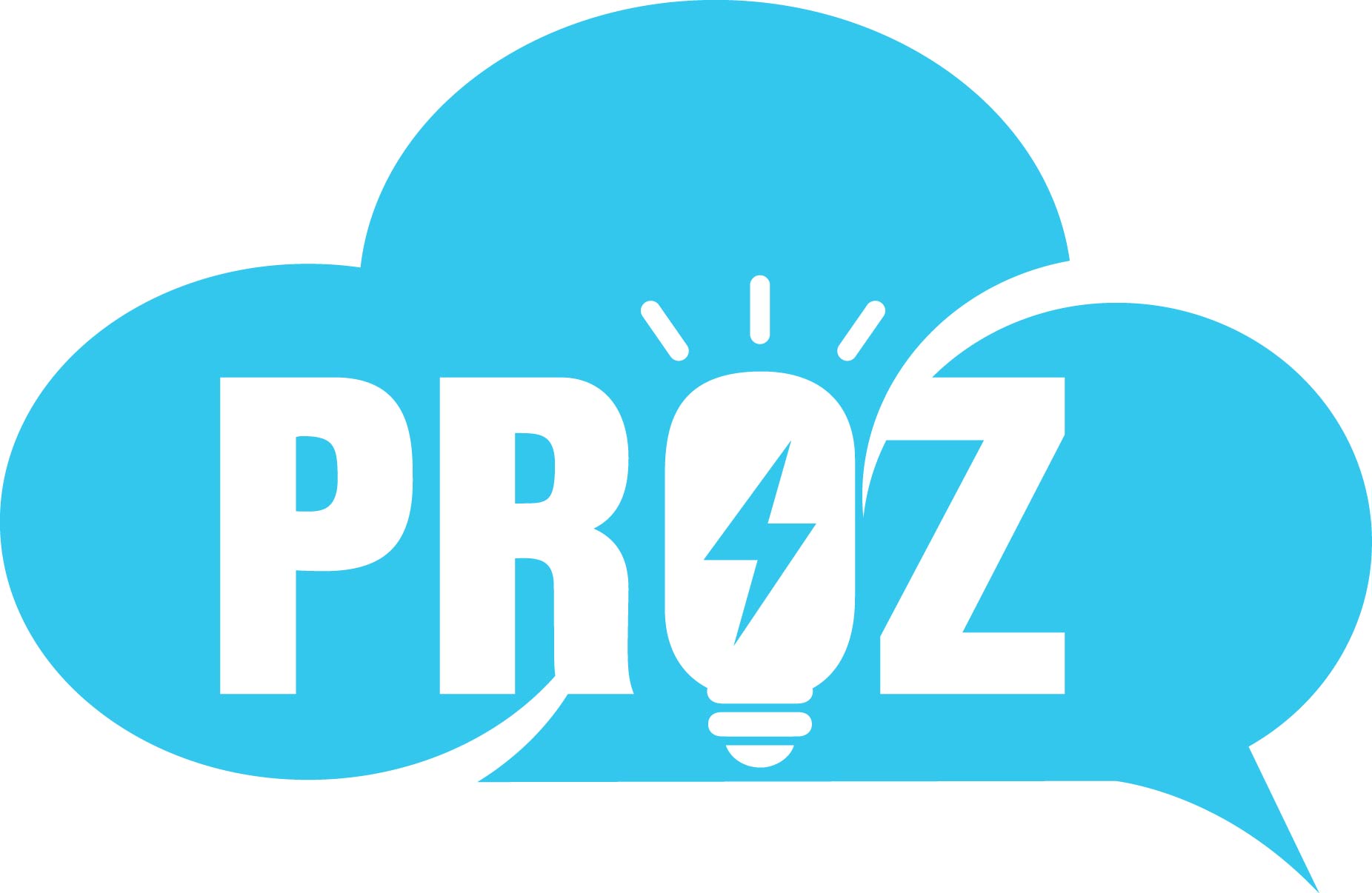Better, faster, and cheaper. Marketing leaders’ goals haven’t changed, but they’re now being driven by the surge of AI and agents. They aren’t being asked to do new things – they’re evaluating whether they can be done differently. Specifically, how can their teams be even more efficient? Agentic marketing automation can help by doing critical work needed to get results across complex workstreams.
We are at a point where we need to rethink automation, not just as a sub-category of tools focused on B2B sales, but as the real payoff of agentic AI. Let’s take a deeper look at how this new technology can help you fulfill ambitious strategies.
3 strategic objectives that lead to growth and profits
Before we get into agentic marketing automation, let’s examine what is needed. Everything marketers do ladder up to these goals that drive the business forward:
- Brand building: Marketing executives know that revenue and relationships start with a strong brand. A study by Bain & Company found that companies with strong brand recognition are more likely to achieve higher sales growth and profitability.
- Delivering ROI from campaigns: The days of growth at all costs have passed. According to a McKinsey study, measuring the ROI of marketing initiatives is a top priority for 87% of CMOs.
- Building long term customer relationships (as measured by CLTV): The efficiency prerogative has shifted focus to relationship building. Harvard Business Review study found that companies with high lifetime value (LTV) customers are more profitable than those with low LTV customers.
Marketers realize that delivering a positive experience over the entire customer lifecycle helps achieve these three primary objectives. This often means lots of cross-functional collaboration. While marketing in many organizations has become synonymous with messaging and promotion, there’s more to it in this age of customer relationships. Experiences need to be connected.
How agentic marketing automation can help meet these objectives
Here are five ways agentic marketing automation can help you boost brand awareness, deliver ROI, and build stronger LTV.
- Find more new customers: How can an AI agent help a prospective customer go from not having an impression of your brand to include you as an option in their purchase decision? One example is agent-driven social media channels. Customers often make first contact with brands via social. Agents could interact with customers as they are starting to consider different brands and options. Not only could it answer questions related to whether the brand, product or service should be considered, but it could also route a customer to other agents that can move them deeper into the customer lifecycle.
- Accelerate sales cycles: Prospective customers in the decision-making stage often expect to connect with an individual to help them, whether that’s B2B or B2C. Companies have found it impossible to scale this with humans alone but an agent can do Q&A and complete tasks across a variety of systems.
For example, let’s say a customer is looking for a pair of shin guards for a soccer game today. The agent could recommend a model and also look at what channel can meet the immediate need. For example, what store in the area has the correct shin guards (or reasonable alternatives) in stock? Plus, the customer could buy the product through the agent, which also can ensure that the order gets to the person.
- Ensure a consistent onboarding experience: Customers who have made recent purchases aren’t done with you and your brand. They often have more questions, and don’t forget that they are prime to make referrals and recommendations. A large appliance setup requires configuration and calibration after purchase. An agent can use IOT data and communicate via channels of choice to not only guide setup but also provide ongoing success or failure monitoring.
Imagine setting up a new refrigerator and you could not only validate the new temperature settings but also ensure that items like a water filter are installed properly. An agent, in contact directly with your appliance, can guide you.
- Get that second purchase. We all know that selling more to existing customers is one of the keys to profitability and ROI. Yet, it’s easy to alienate existing customers or take them for granted.
An agent can guide existing customers and ensure that they’re contacted where they want, when they want, and with the appropriate content. The agent can help find customers who are likely to respond to outreach, create lists, content and continue iterating as the operator sees results and asks for optimizations.
- Guarantee that existing customers consider your products in their purchase decision: Marketers need to stay relevant and engaged with existing customers even when they aren’t actively looking. A loyalty manager can use an agent to understand loyalty levels based on activities and scores such as CSAT, NPS, etc.
An agent can also look at preferences such as whether rewards, discounts, referals or even experiences are preferred and which action has driven the loyalty manager’s desired outcome. It’s not always about selling more. Maybe you want a social post?! The Agent can help craft personalized outreach and engagement to achieve the objectives.
Agentic marketing automation in the customer lifecycle is a massive shift forward in the ability for marketers to meet the three strategic objectives of brand building, marketing ROI, and long-term customer relationships. Agents, deployed over every phase of the lifecycle, remove friction, making it possible to scale in unprecedented ways.
But it doesn’t end there. To build brands, deliver marketing ROI and grow customer lifetime value, marketers need to do jobs that often require collaboration across people, processes and technology. Given the fragmented nature of tech stacks, the need to operate with smaller and more efficient teams, and the fluid nature of customer experiences, this is easier said than done.
To deliver on the complete customer lifecycle, marketers are often stuck with manual processes that are a bottleneck to achieving personalized digital experiences. With all the work to do, when can marketers make time to understand their customers or strategic and creative thinking?
There are certain, consistent tasks that often get in the way of productivity and efficiency. Every one of the jobs requires gathering data and analyzing it. The jobs all require the use of multiple tools, often including tools that are inaccessible to marketers. And they require some form of cross-functional collaboration, including access to expertise that doesn’t sit within the marketing department. Finally, across the spectrum of jobs, speed is of the essence.
How agentic marketing automation works across critical jobs
- Agentic AI and data: Typically data wrangling is a big part of campaign planning, analytics, performance reporting, optimizing and merchandizing. Marketers, often working on tight timelines, don’t have the skills and have limited access to resources who are familiar with APIs to access data, the programming skills to access data, the data science knowledge to make sense of large data sets and ultimately the devops background to make data projects into repeatable programs.
For example, an agent can be programmed to pull data from your CRM, website analytics, social media platforms, ad platforms, and even offline sales data. This often involves APIs, data formatting, and understanding data structures – things most marketers aren’t trained in. Also, an agent can perform sophisticated data science including regression analysis, cluster analysis, and other techniques to uncover deeper insights.
Going beyond stats, an agent can be trained to predict customer churn, lifetime value, or campaign success based on historical data. This requires statistical knowledge and familiarity with tools like R or Python, and/or machine learning algorithms and model training, skills not typically associated with marketers.
- Agentic AI and tool integrations: Few, if any, marketers have access or expertise in all the tools necessary to deliver on customer experiences that build revenue and relationships. Often the orchestration among systems and teams leads to massive inefficiencies and unproductive marketers, ultimately impacting customers who are left with less than ideal customer experiences.
An agent can be used to connect tools to perform actions initiated by an action in another tool – critical to making a marketer more efficient. Often learning the tool itself is more than what is possible for buried marketers. Making the systems “talk” is a better option. This “interoperability” again requires working with APIs (Application Programming Interfaces), which involves understanding authentication, data formats, and potentially coding. There may be customizations required within tools, often skills of tool administrators and/or IT professionals.
- Agentic AI and workflows: In today’s world where every channel is used over the entire customer lifecycle, the number of interactions is less important than how seamlessly they connect, especially in real time. While many businesses have been successful in using journey orchestration, there is often a lot of highly sophisticated work done behind the scenes. Programs like dynamic campaign generation requires upfront planning of a high level of variants with varying degrees of confidence as to their impact or performance.
Agents can play a big role. They can automate content, calls to action and more as customers traverse not only channels but phases of the customer lifecycle. It could generate ad copy, images, and even landing pages based on real-time data and customer profiles. An agent could ensure that the critical customer understanding and ideal variants are passed through with profiles and/or next steps.
This may involve natural language processing, image generation, and A/B testing frameworks, requiring coding or specialized AI tools. Further, the solutions require integrating with different marketing platforms and understanding their APIs.
Agentic marketing automation is still in its early stages. However, if you prepare your business and set the right foundation, it promises to bring a new age of efficiency and customer satisfaction, making life better for your team and customers alike.
Discover Agentforce for Marketing
Agentforce provides always-on support to employees and customers. Learn how it can help your company today.













